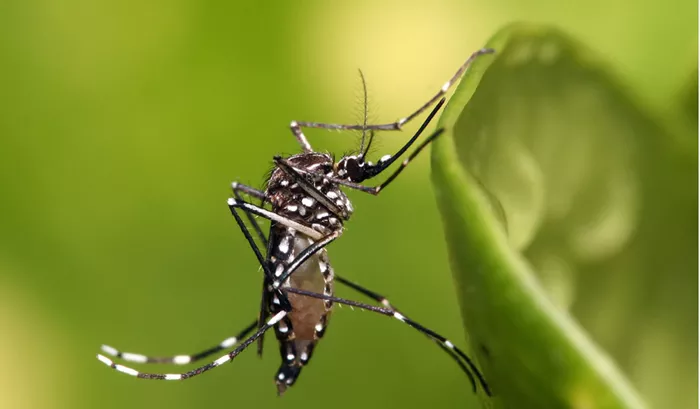New York Governor Kathy Hochul has declared a public health alert following the tragic death of a state resident from eastern equine encephalitis (EEE), a rare but serious mosquito-borne virus. The fatality, confirmed in Ulster County on Monday, represents the second EEE-related death reported in the United States this year, with the first occurring in New Hampshire in August.
EEE is a viral infection transmitted primarily by mosquitoes, specifically the Culiseta melanura species. The virus can lead to severe neurological complications and has a high mortality rate, making it a significant health concern during the peak mosquito season. Governor Hochul emphasized the seriousness of the situation, urging residents to take precautions to minimize exposure to mosquito bites.
The affected individual in Ulster County was hospitalized before succumbing to the illness. Health officials are conducting an investigation to identify potential exposure areas and the circumstances surrounding the infection. As part of the response, state and local health departments are ramping up surveillance and monitoring efforts in regions where mosquitoes are prevalent.
Residents are advised to take protective measures, such as wearing long sleeves and using insect repellent, particularly during the early morning and evening hours when mosquitoes are most active. Additionally, the public is encouraged to eliminate standing water around their homes, as this is where mosquitoes breed.
EEE has been documented in various states across the northeastern United States, with sporadic outbreaks occurring during summer and early fall. The Centers for Disease Control and Prevention (CDC) notes that while EEE is rare, it poses significant risks to those infected, including symptoms such as fever, headache, and in severe cases, confusion, seizures, and coma.
Health officials are closely monitoring mosquito populations and the environmental conditions that contribute to the spread of EEE. The New York State Department of Health is working with local health departments to implement strategies aimed at reducing mosquito populations and protecting public health.
Residents are urged to remain vigilant and report any unusual illnesses that could be linked to EEE. The state’s health department is providing resources and information to help residents understand the risks and prevention methods associated with mosquito-borne illnesses.
In conclusion, the declaration of EEE as an imminent public health threat underscores the importance of awareness and proactive measures in protecting communities from mosquito-borne viruses. As New York grapples with this health concern, officials are committed to safeguarding public health through education, monitoring, and preventive actions.
Related topics:
US Faces Spike In Respiratory Viruses: Identifying Cold, Flu, And Covid-19 Symptoms
What Does Rotavirus Poop Look Like?
Epstein-Barr Virus: Timeline and Factors


